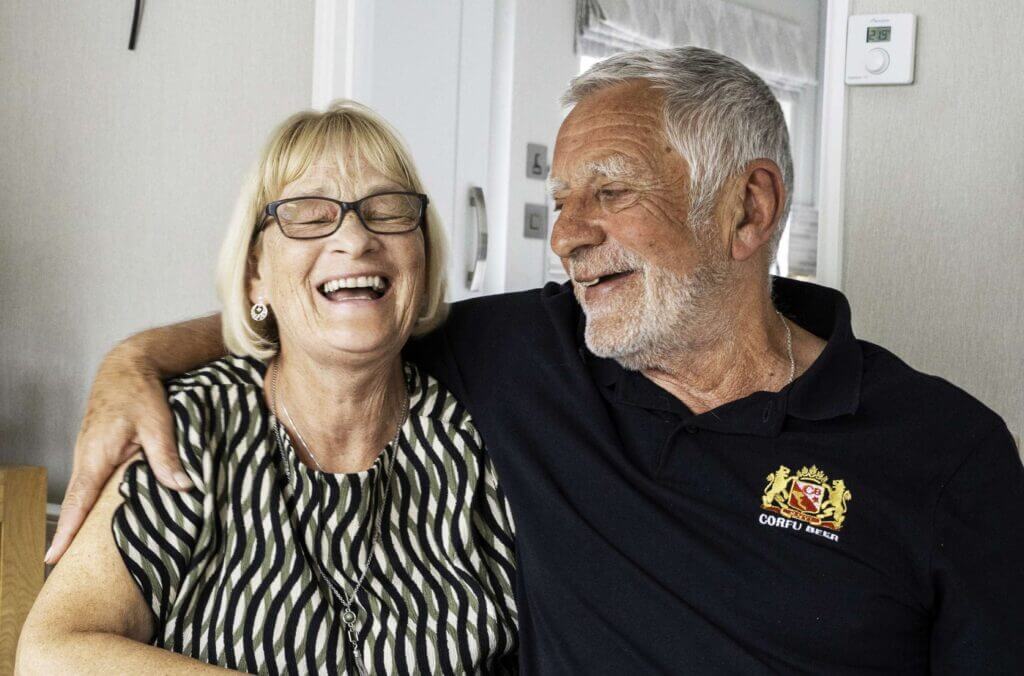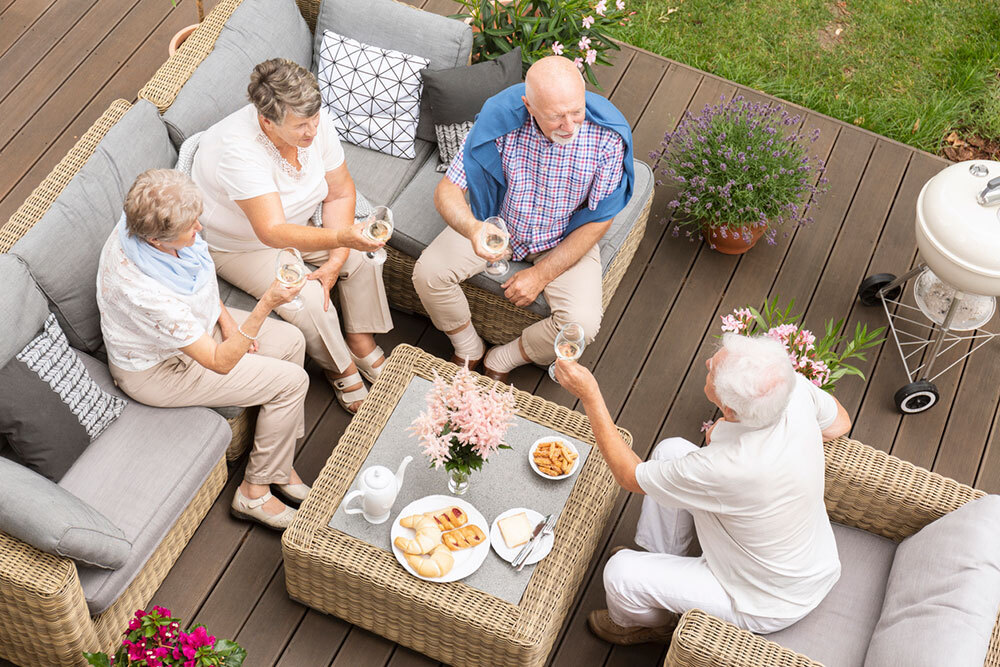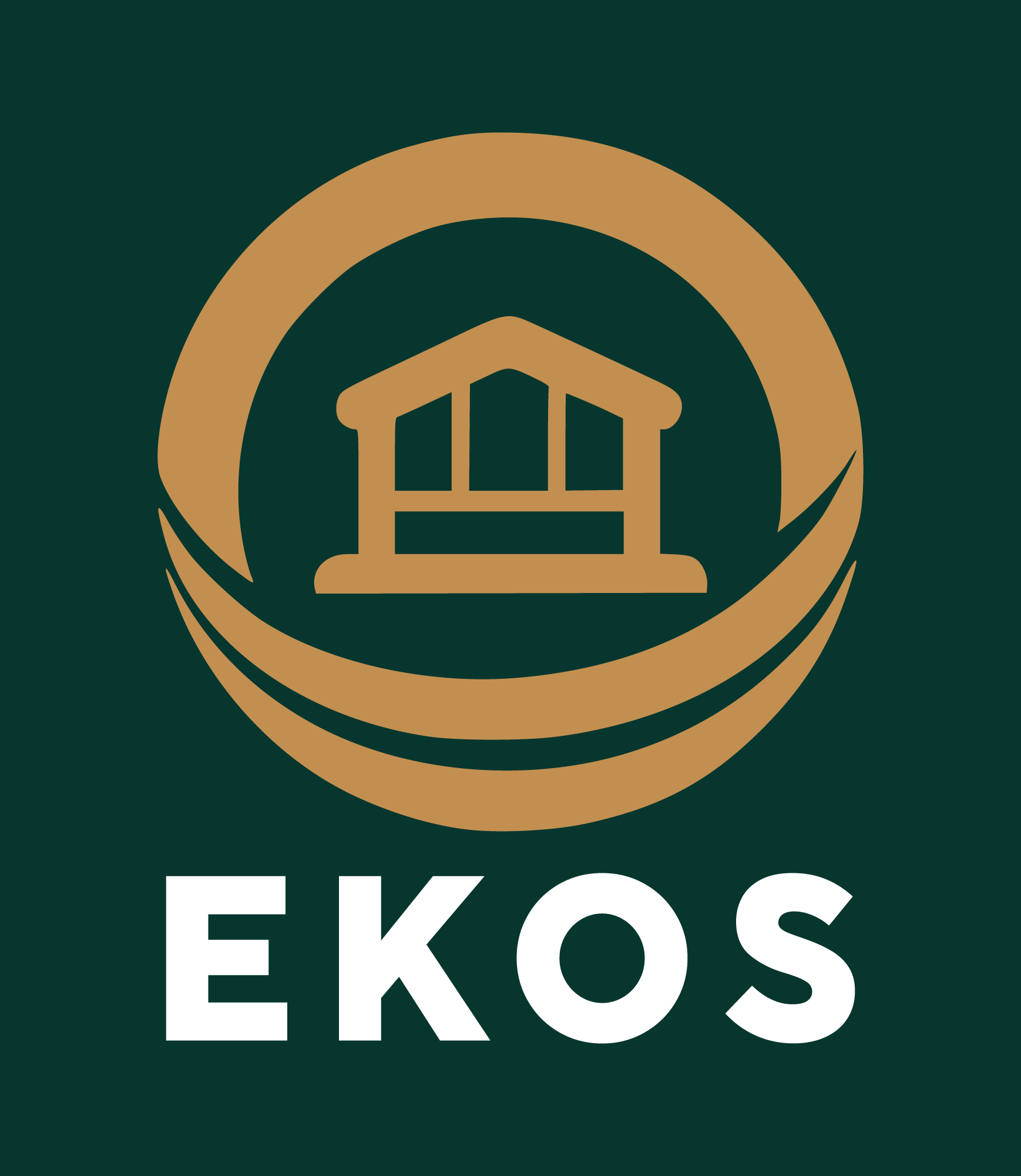Choosing where to live in retirement is a nerve-racking and equally exciting decision. Of course, it’s more than about finding a house; it’s about finding a place you can truly call home. It’s about finding the lifestyle you want, in the location you’ve always dreamed of, perhaps in a retirement community of like minded people. For many people, “home” means more than four walls; it means comfort, independence, within a retirement property and a welcoming community.

In the past, most retirees looked to traditional retirement homes or villages. But today, residential park homes have become a popular alternative, offering all the security and ease of retirement living, without the strict formalities or high cost that often comes with managed developments.
So, what’s the difference, and how can you tell which one is right for you?
What Are Residential Park Homes?
Residential park homes are purpose-built, single-storey properties designed for year-round living. Built to the BS 3632 residential standard, they’re warm, quiet, and energy-efficient, and of course, come with the modern comforts you’d expect from a traditional home. Each property typically includes open-plan living spaces, fully fitted kitchens, private gardens, and parking, providing independent retirement living.

These homes sit within secure, gated communities, often for residents aged 45 or 50 and over. You own your home outright and pay a small site fee, which covers the park’s upkeep and communal spaces.
Parks operate under the Mobile Homes Act 1983, meaning residents benefit from strong legal protections, clear contracts, and long-term stability. For many downsizers, park homes provide the perfect balance between independence, community, and financial freedom.
What Are Traditional Retirement Homes and Retirement Villages?
Traditional retirement homes come in many forms, from independent apartments to assisted-living communities and full nursing facilities. Most are managed by housing associations or private operators, with residents either buying, renting, or part-owning their property.

These developments often include shared spaces and care options, along with service charges that cover maintenance, communal areas, and sometimes on-site staff. While that level of structure and support can be reassuring, it can also mean higher costs and less flexibility.
For people who are still active and independent, park home living offers a more relaxed retirement housing and a self-sufficient way to enjoy retirement.
Comparing Key Factors
Retirement Home Costs and Affordability
For many, cost is one of the biggest differences between the two lifestyles. Park homes usually cost considerably less than retirement apartments or village homes, yet still offer modern finishes and high-quality living. There are no exit or deferred management fees, and monthly outgoings tend to be lower.
By comparison, retirement developments can include service charges, care fees, and additional costs for shared amenities.
Park Home Costs
Downsizers moving into a park home often find they can release equity from their previous property, freeing up funds to support travel, family, or hobbies, while still enjoying a secure, comfortable home that’s easy to manage.
Independence and Lifestyle
Perhaps the most defining difference between retirement villages and park home living is independence – retirement freedom!. In a park home, you live life entirely on your own terms. You can decorate, garden, and host guests as you wish. The community is supportive but not intrusive!
In traditional retirement settings, routines and services are often more structured, which suits some people but can feel restrictive to others.
For those who value freedom and the ability to shape their own day, park home living offers more control and flexibility, with all the peace of mind that comes from being part of a well-managed, like-minded community, offering couples an independent retirement lifestyle.

Care and Support
Traditional retirement homes are built with care provision in mind. There are usually staff on site, and optional meal, laundry, or cleaning services. This can be ideal for residents who already need or anticipate regular assistance.
Park homes, on the other hand, are designed for independent living. Most residents are active and simply want a lower-maintenance home that feels secure and easy to manage.
EKOS Homes parks are carefully located close to GP surgeries, pharmacies, and hospitals, so healthcare is always within easy reach, offering supportive retirement health.. Homes are also single-storey and mobility-friendly, making them practical and comfortable for long-term living.
Community and Connection
Community is at the heart of both types of living, but it takes a different shape in each.In a park home setting, friendships grow naturally through shared interests and everyday life. There’ll be many people of a similar age enjoying retirement activities and community. There’s no need for forced schedules or planned social clubs, just genuine connection and neighbourly warmth.
As Castle View Court resident Tracy shared:

“I have never been so happy in my life. And I’ve never met so many lovely people. We both have a fantastic social life with others on the park, it’s definitely the best thing I’ve ever done.”
Location, Accessibility and Transport
Park homes are often set in the kind of locations many people dream of retiring to! On the coast, in the countryside, or near historic towns. Yet park home locations are rarely entirely remote. Most are just a short drive from shops, GP practices, and public transport.
EKOS Homes parks, for instance, are found in some of the UK’s most sought-after locations, including Norfolk, East Sussex, and County Durham. Residents can enjoy walks in nature, trips to the coast, or simply the quiet of their own private garden.
Homes are built for easy, accessible living, with wide doorways, step-free layouts, and open-plan designs, making them ideal for comfortable long-term independence.
Longevity and Future Proofing
Modern park homes are built to the BS 3632 residential standard, the same standard used for high-quality permanent housing. They’re fully insulated, double-glazed, and equipped with energy-efficient heating systems, ensuring year-round comfort.

This standard also means lower running costs and a smaller environmental footprint, a big draw for those looking to live more affordably in retirement.
The combination of quality, energy efficiency, and thoughtful design means today’s park homes feel every bit as solid, stylish, and durable as a conventional bungalow.
Who Each Option Suits Best
Residential park homes tend to suit independent couples, who enjoy an active retirement, and who want a peaceful lifestyle with minimal upkeep. They’re ideal for those who want to downsize, release equity, and enjoy the freedom to travel or spend more time on hobbies.
Traditional retirement homes or villages are a better fit for people who prefer a structured environment, with optional or built-in support services, and less day-to-day responsibility for maintenance.
Both offer their own kind of comfort, it’s simply about what stage of life you’re at, and what independence means to you.
Real Stories from EKOS Homes Residents
For one couple, their move has been life-changing. After working hard for years, moving to an EKOS Homes’ park has meant slowing down, and finally having the time to enjoy time with one another doing the things they love.
“It’s brilliant here. It’s friendly, safe, and we love our new home. We enjoy walks on the beach in the morning with our dogs, and have made firm friendships with other residents. It’s given us so much more time to do the things we want to do.”
Their story mirrors that of many EKOS Homes residents: a move towards simplicity, freedom, and time spent doing what they love most.
Making the Right Move for You
Deciding between a park home and a traditional retirement home comes down to priorities. If you want independence, space, and freedom – with the reassurance of a secure, like-minded community – a residential park home could be your ideal choice.

If you prefer organised support, shared facilities, and care services on hand, a traditional retirement home might be more suitable.
At EKOS Homes, we create beautifully designed, gated communities across the UK, places where people can downsize without compromise and truly enjoy their next chapter.
